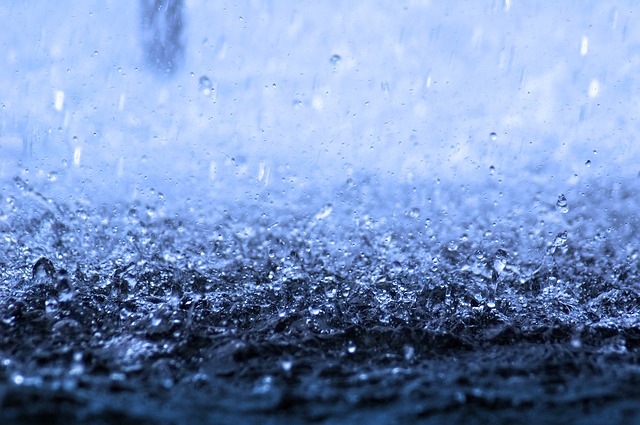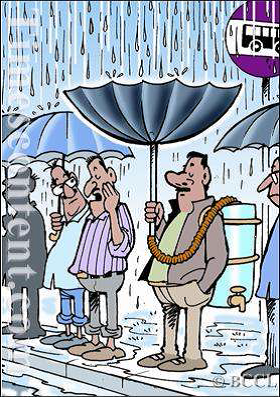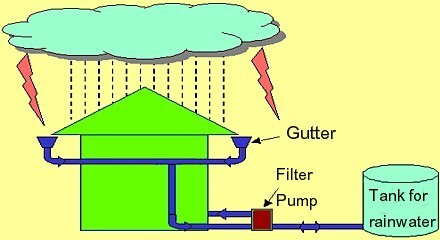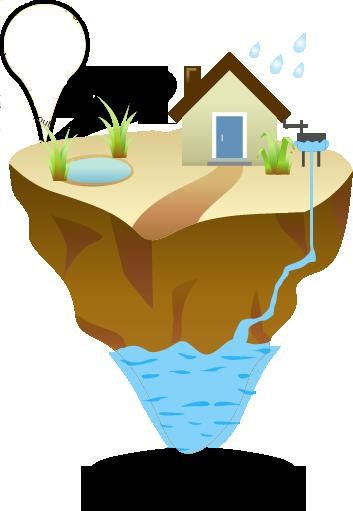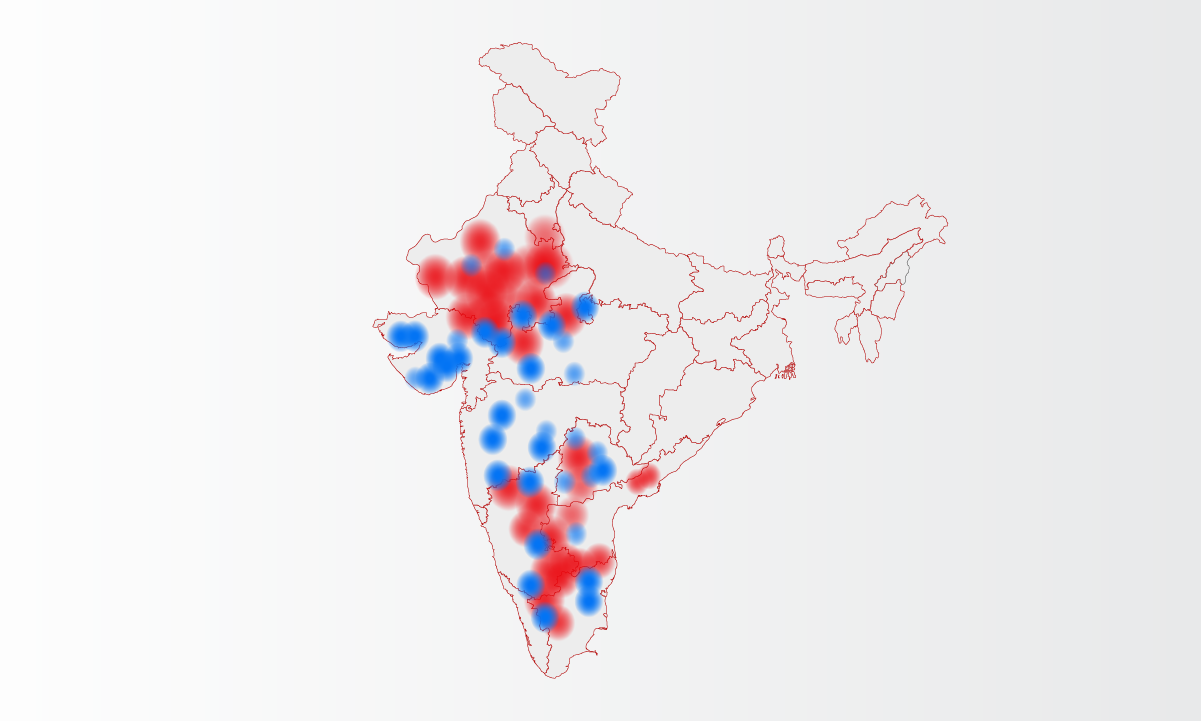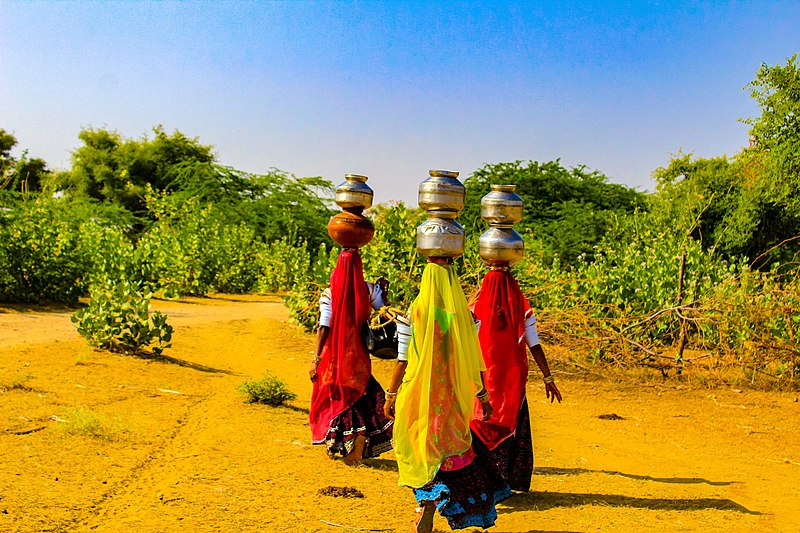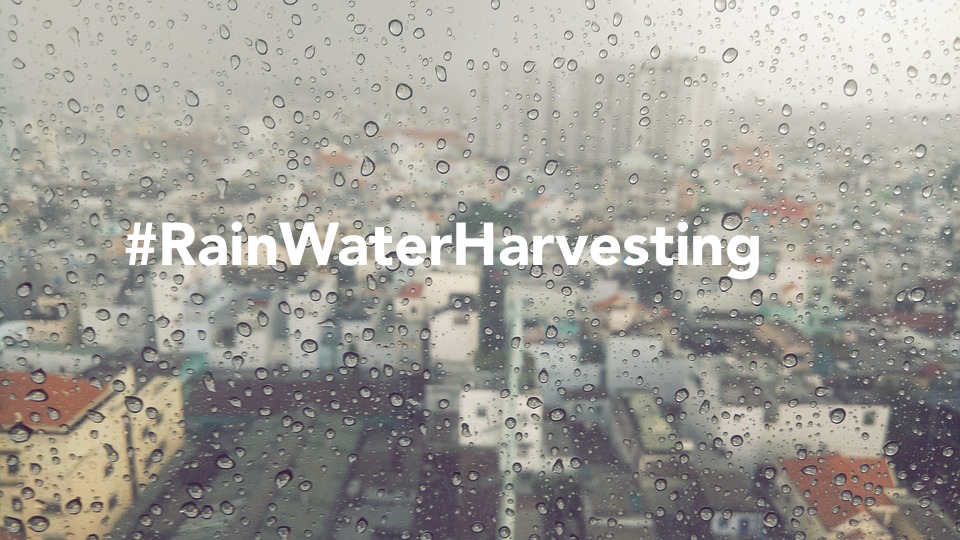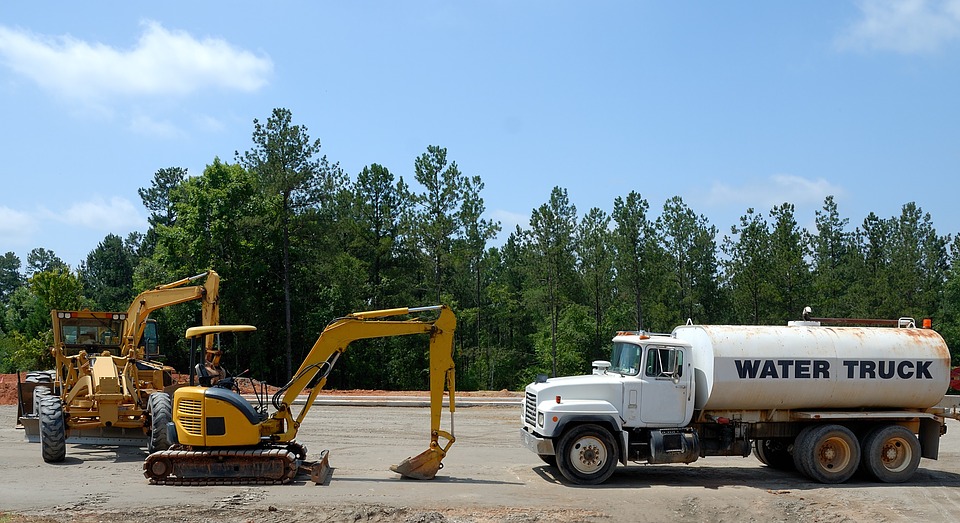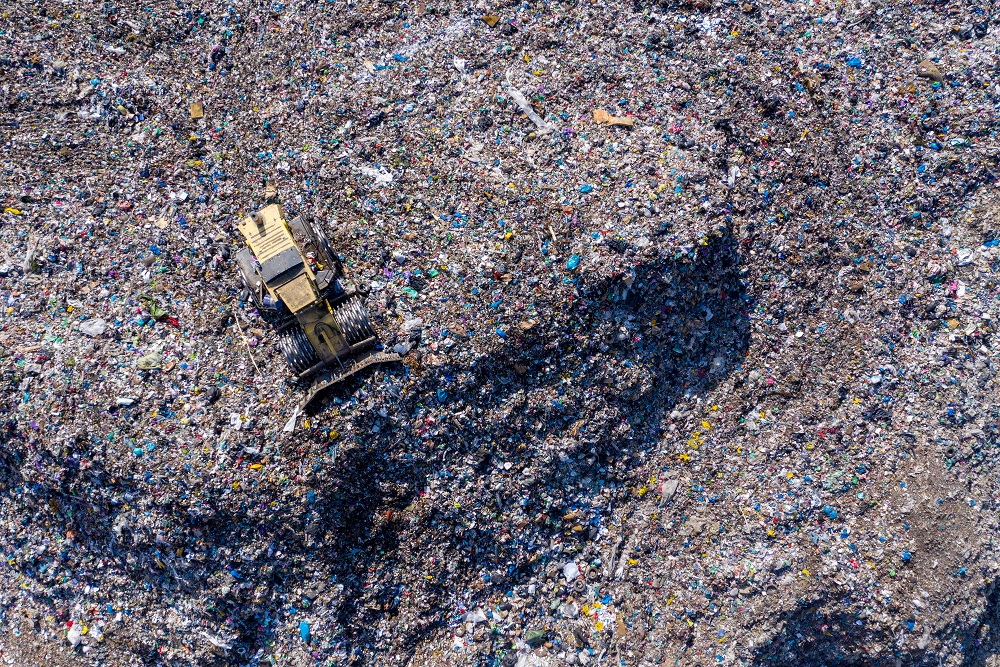Water is one of the most important constituents of life. Over 70% of the Earth’s surface is covered with water, of which 97.5% is salt water and only 2.5% is fresh water. Unfortunately, we forget that this resource is limited. We can use a mere 0.3% of the water available, though water covers 70% of the Earth’s surface. Salt water in the oceans and fresh water, polar ice caps account for the bulk of water. Besides ourselves, a number of other life forms need a share of that 0.3% water.Of late due to increase in urban population and unscientific exploitation of fresh water resources, the availability of potable water for human consumption is reducing continuously and it will be one of the greatest challenges our society is going to face in future. As a part of immediate mitigation steps, conservation of fresh water and rainwater harvesting can be done for sustainable development. Though the damage cannot be totally undone, certainly these measures can reverse the trend. Rainwater harvesting (RWH) is the process of collecting and storing rainwater in a scientific and controlled manner for future use. Rainwater harvesting is cost effective and affordable if planned and implemented well. As such rainwater harvesting is truly a sustainable technology. Thus, the rainwater harvested is either stored in tanks or channeled to recharge ground water. The demand for water commonly exceeds supply in urban areas. As surface water is inadequate to meet his demand, we depend on groundwater. Due to rapid urbanization, infiltration of rainwater into the subsoil has decreased drastically and recharging of groundwater has diminished. This situation warrants an alternative source to bridge the gap between demand and supply.
Xixiang Benefits of rainwater harvesting
- Environment friendly and easy approach for meeting water requirement.
- RWH is an ideal solution for water requirements in areas having inadequate water resources.
- Increases the groundwater level.
- Improves groundwater quality.
- Mitigates the effects of drought.
- Reduces runoff, which otherwise floods, storm water drains.
- Reduces flooding of roads and low -lying areas
- Reduces soil erosion
- Cost effective and easy to maintain
- Reduces water and electricity consumption Aigáleo Where can be rainwater harvesting?
- People planning construction of houses, modification of houses, existing houses, etc.; should provide for Rainwater harvesting.
- Government buildings, Industries, institutions, hospitals, hotels, shopping malls & other buildings should accommodate rainwater harvesting in existing structures
- On Farmlands, public parks, playground and other open areas. http://ellerocknutrition.com/nutrition-for-the-menopause-video/nutrition-for-the-menopause-elle-rock-nutrition-2/ Potential for rainwater harvesting
The potential for harvesting rainwater in urban areas is huge. Considering the availability of rainwater in a residential site of 40×60 feet (an area of 2400 sq.ft. /223 sq.mts.), around 2,23,000 litres of rainwater can be harvested in a location where the rainfall is around 1,000 mm or 39.4 inches annually (Bangalore receives around 1000 mm of rainfall). The amount of rainwater that can be harvested from the available rainwater in a plot depends on potential rainfall, catchment area available, collection methods and its efficiency. Bangalore receives rain from the south-west and northeast monsoons, spread over an average of 60 days between April and November. About 80% of the annual rainfall occur between June and November. Bangalore also receives considerable pre-monsoon showers. Rainwater can meet over 40% of Bangalore’s water needs. Thanks to its moderately deep, well-grained, gravelly, clay-mixed soil, and unique undulating terrain, Bangalore is ideally suited to reap the many benefits of rainwater harvesting.
Vwawa Methods
- Rainwater Harvesting
Rainwater stored for direct use in tanks above ground or underground sumps or overhead tanks and used directly for flushing, gardening, washing etc.
- Ground water recharge
Recharged to ground through recharge pits, dug wells, bore wells, soak pits, recharge trenches, etc.


